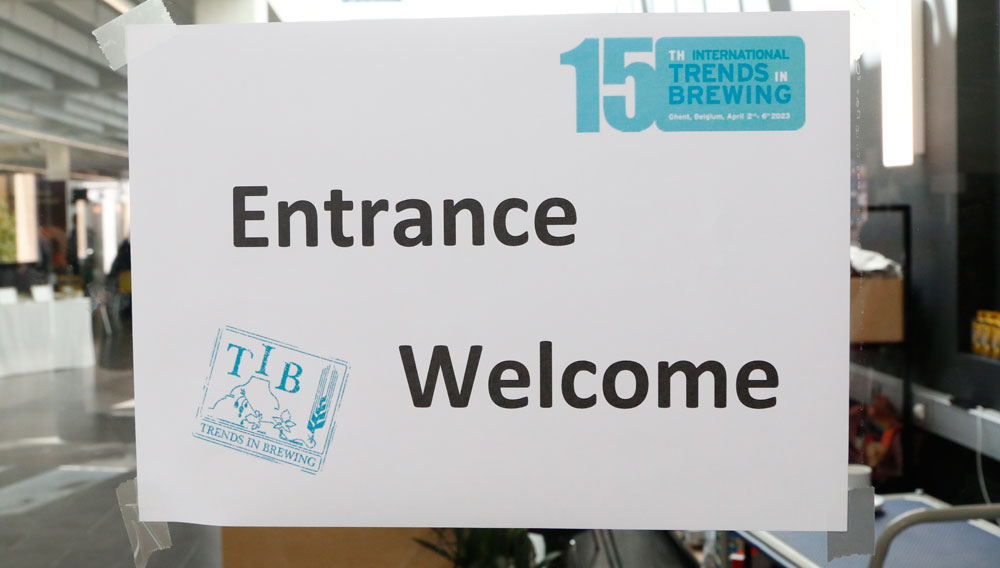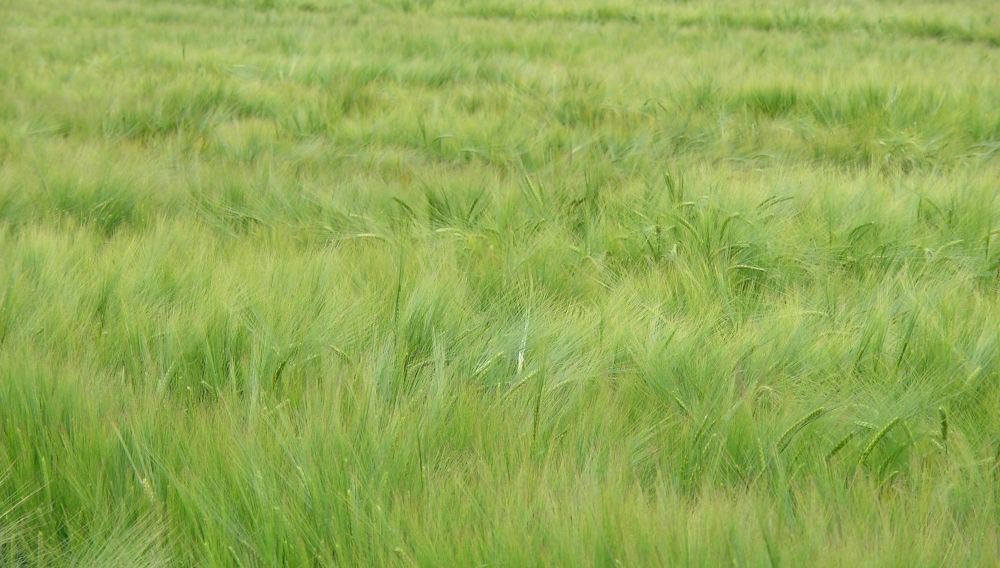
Beer ageing | During the malting process, malt modification is influenced by targeted adjustment of germination parameters (technological factors). The level of precursors in the malt, formed during malting, makes a significant contribution to beer ageing. This article describes, in particular, the precursor potential, formed from non-enzymatic degradation of polysaccharides.
Hardly any change expected | The acreage for spring barley in Europe this year is expected to be about the same in total as last year. However, spring barley sown in autumn is becoming more and more important.

Global service provider | In the last thirty years, with its wealth of expertise family business Schwarz Logistik in Nuremberg has earned itself an excellent reputation in hop logistics and in the transportation, storage and import and export of hop products. To mark its 40th anniversary, BRAUWELT talked to managing director Susanne Schwarz and her husband Christian Schwarz-Baumann, the man responsible for hops at Schwarz Logistik.
Quality and innovation | Sugar Creek Malt is an outstanding example of a craft malting facility where the maltsters are resolved to make a product exhibiting true value through a combination of stamina and conviction. BRAUWELT author Sylvia Kopp visited the micro-malthouse in the US state of Indiana where she met the founder who is as down-to-earth as he is creative. In the eight years of its existence, the malthouse has enriched the brewing industry with its innovative approach.

New approach | Our growing global population requires more food, but we have limited land available. Besides, the changing climate increases deviation of crop quality, leading to downgrades and threatening food safety and security. Optimizing the use of what is produced from our fields will be more and more important in the future, even crucial, from a sustainable and economic standpoint. The Swedish agri-tech company BoMill offers a new approach to grain sorting based on the individual kernels’ inner properties. The article presents the technology applied to malting barley or wheat and describes how such technology can benefit the malting and brewing supply chain, with a focus on expanding markets or areas that may not yet be fully structured to grow barley.

Unique sensory profile | Strongly brewed, malty monastery beers inspire beer lovers. According to traditional recipes, the monks use caramel malt and add liquid rock candy (sugar candy) to the wort. Due to the addition of sugar, these beers reach a high alcohol content. Caramel sugar syrups combine the sensory benefits of liquid rock candy and caramel malt. The authors from Anhalt University examined the use of caramel sugar with regard to a well-rounded beer flavor profile and the physico-chemical beer stability as well as beer color and haze.

Optimised resistance | Titan is the new high-alpha variety from the Hüll Hop Research Centre. In numerous brewing trials, Titan has been attested as having a high bittering quality comparable to the high-alpha variety Herkules. It combines very good brewing quality with climate stress tolerance and optimised growth and resistance properties and thus meets the demand for a high-quality, sustainable cultivar.
Comprehensive documentation | The international hop specialist BarthHaas has just published its Hop Harvest Guide 2022, a comprehensive documentation of the quality of the most recent hop crop. It helps brewers to adapt their processes and recipes to the changes identified in the respective crop year.

Perfect fan speed | Ask anyone in the malting sector to list the biggest users of energy in their processes, and kiln fans will be very near – or at – the top of the list. Their dependence on a range of external factors usually means that the fans are set at 100 % in order to achieve their parameters, something that obviously comes with significant cost implications for operators.

Beer from the time of the Kaiser | The discovery of a very special bottle, a relic from the German Empire of 1871–1918, has aroused much interest. Scientists from the Technical University of Munich (TUM) have now analysed samples of this historical beer. Their extensive experiments reveal a number of details about the dawn of industrialisation in the brewing trade.

Malting barley | Climate change during the grain filling phase may result in conceivable loss of quality of malting barley. This article analyses the extent to which growing location and the weather influence starch build-up in the barley corn.






